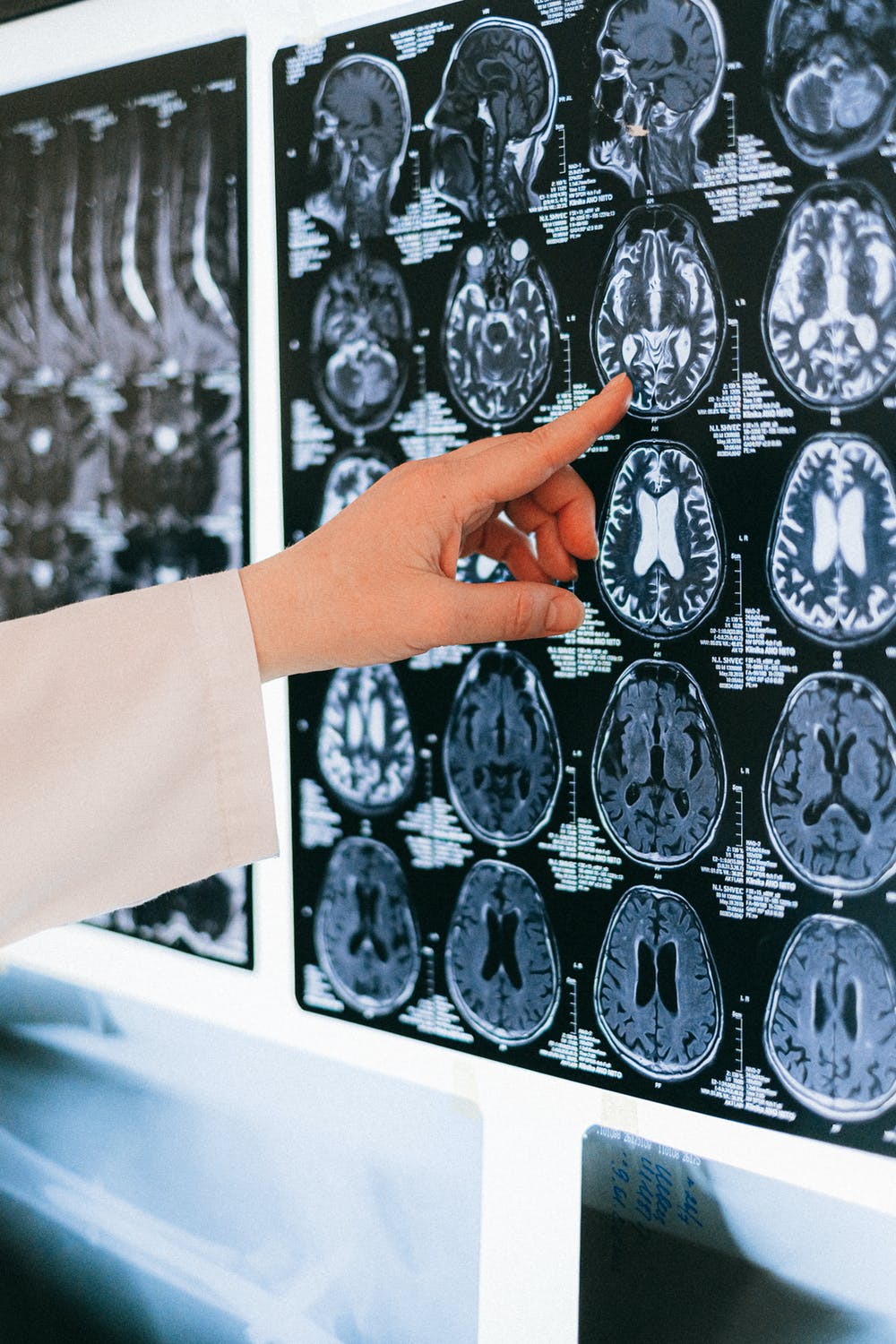
|
(519) 742-7774 Free initial Consultation Home and Hospital Visits Available |
|||
The NFL and Its Concussion Protocol |
|
September 21, 2021, Kitchener, Ontario Posted by: Robert Deutschmann, Personal Injury Lawyer
The news in 2017 that CTE (chronic traumatic encephalopathy) was found in 99% of the studied brains from deceased NFL players forced even more changes in the league. CTE is a degenerative brain condition that can only be diagnosed after death. It causes depression, anxiety, mood swings, memory loss, dementia and eventually death. Cases of former players with addiction and self-harm/suicide are many and are sad. Some players have gone on to kill their spouses or other loved ones as they fall into the depths of their illness.
As the link between repeated blows to the head and CTE has been firmly established the head injuries which used to be taken for granted in football are now taken seriously at all levels of the sport. The NFL devoloped a protocol in 2011 and updated it last year. This protocol exists to protect the health of the players and to protect their loved ones and families.
The protocol will act as the first line of defence for player health on game day. The league will have assigned ‘spotters’ at every game and if they see an impact to the head a timeout will be called in the game during which the injured player will be escorted off the field for examination and a health evaluation. Team players, teammates, team coaches, physicians and other NFL game officials can also halt the game.
If there are signs of concussion the player will be taken to a medical tent, locker room or hospital and will receive a further assessment.
The protocol also includes a 5-step return to play protocol that will be mandatory for any player who is sidelined. Players must move from step to step only if improving. If they suffer worsening symptoms they will be held back until the symptoms stabilize. The 5 steps are:
Players of all professional sports including rugby, soccer, skiing all deserve to be protected from injury. Brain injury can be especially dangerous because as the brain is injured the player's capacity to make reasoned decision decreases. They may not be able to act in their own best interests and must rely on those around them to do so. |
|
| Posted under Accident Benefit News, Brain Injury
View All Posts |
|
About Deutschmann Law Deutschmann Law serves South-Western Ontario with offices in Kitchener-Waterloo, Cambridge, Woodstock, Brantford, Stratford and Ayr. The law practice of Robert Deutschmann focuses almost exclusively in personal injury and disability insurance matters. For more information, please visit www.deutschmannlaw.com or call us at 1-519-742-7774. It is important that you review your accident benefit file with one of our experienced personal injury / car accident lawyers to ensure that you obtain access to all your benefits which include, but are limited to, things like physiotherapy, income replacement benefits, vocational retraining and home modifications. |
|
Contact us for a
free initial consultation |
Personal Injury Blog
Connect with us
Deutschmann Law concentrates its practice in matters concerning car accidents, motorcycle accidents, pedestrian accidents,bicycle accidents, catastrophic injury, serious injury, brain injury, spinal cord injury and disability insurance claims. Serving Kitchener, Waterloo, Cambridge, Brantford, Ayr, Woodstock, Guelph, Milton, Elmira, Tavistock, Tillsonburg, Ingersoll, Norwich, Elora, Fergus, New Hamburg, Ontario and surrounding areas. “Deutschmann Law Professional Corporation” is practicing under the name Deutschmann Law. © 1998 - 2024 Deutschmann Law Accident, Injury Lawyers and Disability Lawyer Site Map Disclaimer Website by We Think Solutions Full Site | Mobile Site |
 The National Football League has a long history of denying the link between the game and the serious, neurological problems that many players experience as they age. Well-documented incidents of suicide, cognitive decline and neurological issues combined with post-mortem brain research forced the NFL to admit the link and begin payouts to players.
The National Football League has a long history of denying the link between the game and the serious, neurological problems that many players experience as they age. Well-documented incidents of suicide, cognitive decline and neurological issues combined with post-mortem brain research forced the NFL to admit the link and begin payouts to players. 